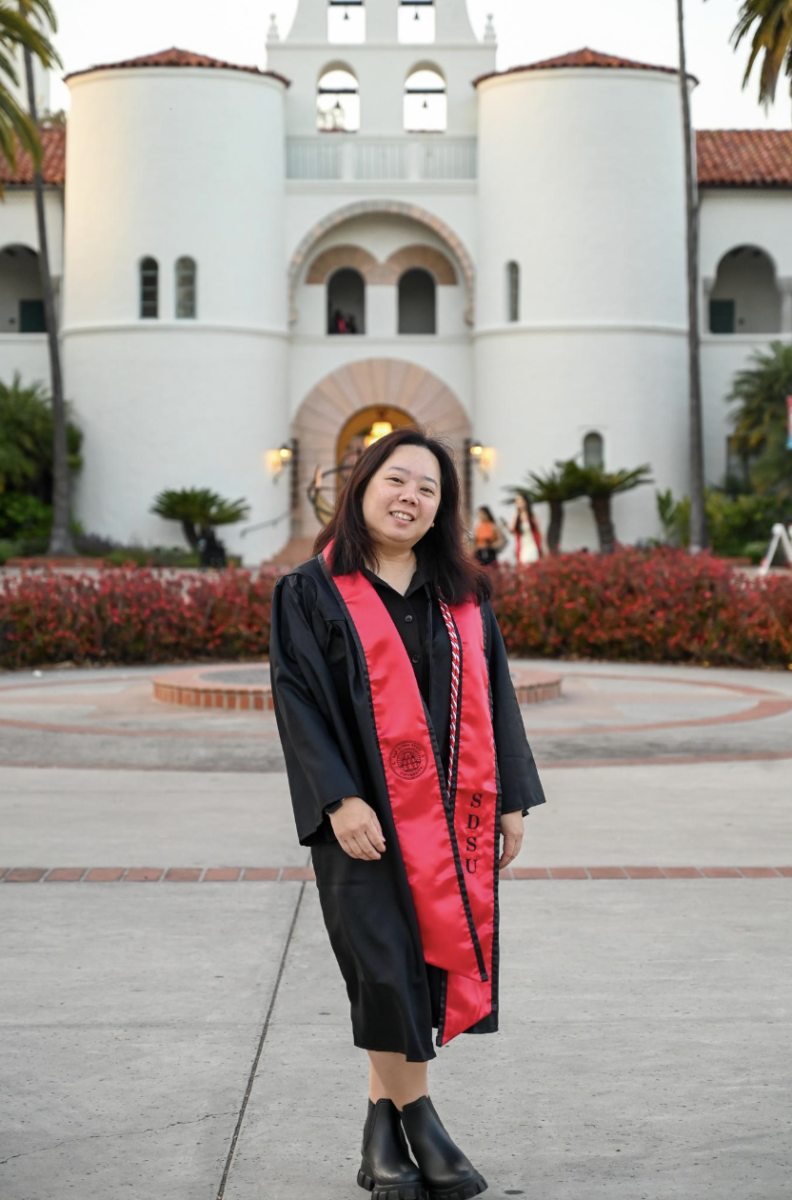
As diversity continues to imbue itself into the fabric of American culture, the makeup of our 112th Congress tells an entirely different story. Judging from the demographics, a very centralized group is predisposed to serve as Congressmen. During the ‘50s, political scientists and sociologists coined the term WASP, White Anglo-Saxon Protestants, to describe this dominant social class that exerted control through politics, finance and other various power structures within our society. It appears the WASPs are mightily attached to their nests, as they continue to exert significant control on the legislative body of our country to this very day. Our most esteemed electorate is in no way reflective of the racial makeup, gender breakdown, political affiliations or religious beliefs of the incredible diversity of America. This startling fact demonstrates where power resides in the political arena.
There are currently 447 men in Congress, which compromises 83 percent of the entire legislative body. According to last year’s U.S. Census Bureau data, women actually make up the majority, as they encompass 50.8 percent of the American population. Meaning, in order to be more reflective of the gender breakdown of this country, there should be an additional 184 women serving in Congress. The racial make up is nearly identical, as 459 members of Congress are Caucasian. This equates to 85 percent of the entire electorate. The Census data reports only 63.7 percent of Americans are “White persons, not Hispanic.” This means for Congress to reflect the actual racial breakdown, only 342 members should be Caucasian. There should be an additional 24 African-Americans, 63 Hispanic or Latinos and 15 more Asian members serving in Congress. The most telling statistic of the gender and racial classifications of Congress is the prevalence of Caucasian men. They constitute nearly 74 percent of Congress, almost 400 of the 540 members. Through the course of the entire American history, there has probably never been a time when seven out of 10 persons in the country were Caucasian men. Yet within Congress, they reign supreme. Finally, politically our country is not so clearly divided into the two simple categories of Republican or Democrat. As of right now, there are only two congressmen who do not belong to either party, yet 15 percent of the country do not associate with the Republican or Democratic party. This would account for an additional 79 seats outside of the two major parties.
Furthermore, one of the more striking demographic figures of our legislative body is the religious beliefs of the members in power. Protestants number around 300 members, the most subscribed to religion in Congress. Catholicism is second with 160 members, Judaism is third with 37 members and Mormonism is fourth with 14 members. These four religions account for 95 percent of the entire Congress, but this does not come near the actual religious beliefs of this country. Religious affiliations are difficult to track, but those provided by the Pew Forum on Religion and Public Life paint a completely different picture. If the religious beliefs of congressmen actually represented the makeup of America there would be approximately 83 fewer Protestants, 53 fewer Catholics, 32 fewer Jewish persons and 8 fewer Mormons. The most significant increase would belong to unaffiliated persons who would gain 70 seats. According to the Pew Forum, the term “unaffiliated” includes, “atheists, agnostics and people who describe their religion as ‘nothing in particular.’”
These demographic figures are indicative of two larger trends. One is that power continues to remain confined to a relatively small portion of the population. Despite numerous gains toward equality, these statistics paint a grim picture of those really in power. Not only are minorities underrepresented, including African-Americans and Hispanics, but the majority as well. Women are vastly outnumbered.
The second trend is the complete voter apathy that plagues America, which allows this all to happen. Voter turnout in this country is abhorrent. Roughly 41 percent of eligible Americans voted last year. Within our representative democracy voting is the only means to rectify this situation, the only solution to shift the demographics to a more representative position, the only means to voice an opinion on who represents you. Compulsory voting would work, and has for Australia, but implementation and policing of the system could prove to be difficult.
The real solution lies in streamlining an already complicated voting system, through providing methods to facilitate the entire registration and voting process. Allowing people to vote early, absentee and in a far simpler fashion, provide incentives for those who feel it is their civic duty to register people to vote in a nonpartisan fashion. We cannot hope to change any system if we cannot first honor our right to vote. Billions in the world cannot vote freely, while Americans merely choose not to.
The intent of this column is not to advocate for anyone to vote strictly based on the demographics of which you share with a candidate. I am a Caucasian male and in doing so I would only be ensuring that the power stayed entrenched. Yet these demographics of our Congress cannot hope to fully represent the total diversity of this country. Hold them accountable. Vote.
—Brody Burns is seeking a master’s in business administration.






